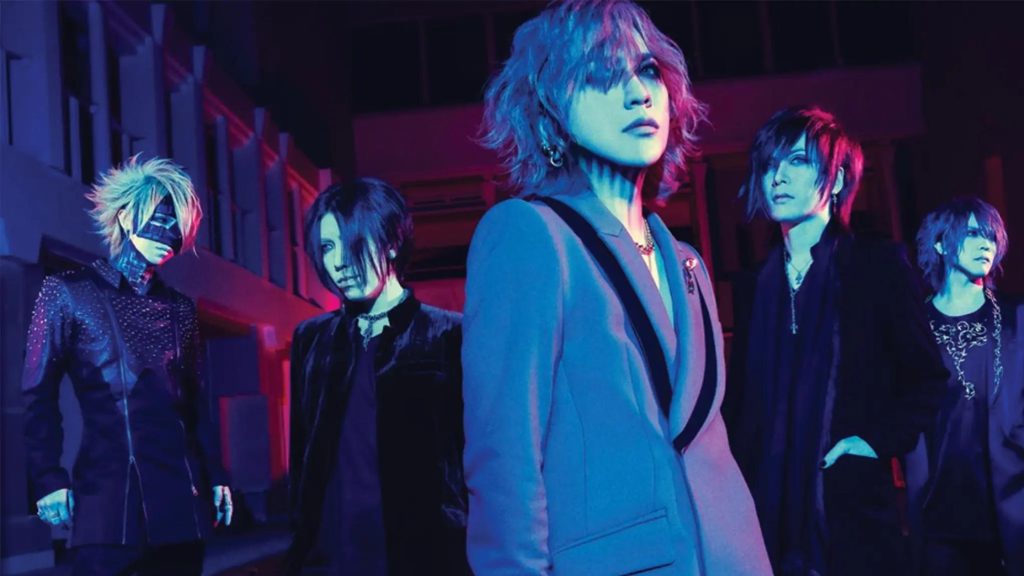
How to Choose the Right Multicultural Books for your Child
By introducing your child to learning materials and books that mirror their own experiences or that of others coming from different backgrounds, you help them fight stereotypes, expose them to multiple POVs, and also drive intercultural awareness. However, with so many books now available on this particular subject, how do you select children’s books about diversity that are inclusive in the real sense, actually culturally relevant, and send the right message? Here are some tips for you so that you are able to choose well:
Table of Contents
1. It should have an engrossing story
While diverse children’s books may deal with serious issues and themes, the plot should be interesting and well-written. It should make sense to the reader and it should have a beginning, a middle, and an end. Your child will be more likely to retain the important bits if it’s a fun read!
2. Go beyond grade levels
Don’t stop yourself from buying a book only because it’s at a lower or higher reading level than where your kid is at. The message is what matters! Even the simplest of plots can have extremely rich themes that will make an impression on little ones.
3. Awareness of multiple identities within cultures is extremely crucial
This can be explained with the help of examples. Indian or African cultures aren’t homogenous in any sense as there are multiple identities and sub-cultures (Punjabi, Bengali, and so on) present within them. The same goes for indigenous communities. When selecting a book in this arena, make sure that you go for one that contains characters from a particular culture or community rather than a text that erases variety. Many books demonstrate an inability to understand how one community’s culture varies from that of its neighbors and are often set against wrong settings. Using such books as a standpoint to understand the different traditions of a community will do more harm than good.
4. Steer clear of stereotypes
Walk the extra mile to ensure that the book’s illustrations or the text do not perpetuate stereotypes because consciously or unconsciously, many authors end up reinforcing racial, cultural, gender, and ethnic stereotypes, rather than shattering them. If you do end up selecting them as a learning experience for your child, do make them understand why the particular text is problematic in nature.
Bear in mind that instead of forcing general behaviors or traits on the main characters, children’s diverse books should give us a peek into the lives of people, with information about their culture being seamlessly integrated into the story.
Now that you have this checklist to guide you, you can check online stores that are known for having an enviable collection of children’s books about diversity including those that have been translated and contain eye-catching, colorful illustrations! The latter, as all of us know, is the secret to getting your kid to read! The important thing is to start from somewhere. After the initiation to the wonderful world of children’s diverse books, your child will be able to move on to those that deal with complex themes and issues.
February 12, 2021

















